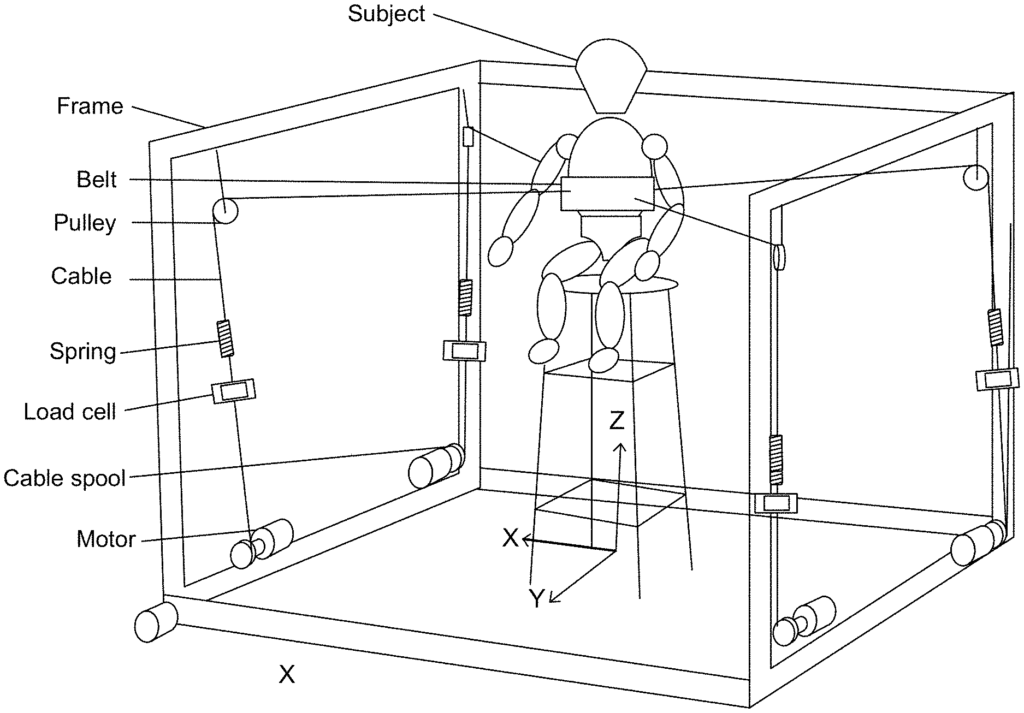Revolutionizing Musculoskeletal Support and Training for Performance and Recovery
Introduction
Musculoskeletal injuries and conditions are some of the most common issues faced by individuals across all age groups, from athletes to the elderly. Whether recovering from surgery, dealing with chronic joint or muscle pain, or training to enhance physical performance, people are constantly searching for ways to improve their musculoskeletal health and function. Our patented human musculoskeletal support and training system offers an innovative, adaptable solution designed to accelerate recovery, boost performance, and reduce the risk of injury.
Limitations of Existing Support and Training Devices
Traditional support systems and training devices often focus on individual body parts, such as braces or wraps for knees, elbows, or wrists, while neglecting the overall functioning of the musculoskeletal system. This piecemeal approach may help address localized issues, but it does not address the full-body coordination and muscle engagement necessary for long-term improvement. Moreover, many existing systems lack flexibility in adjusting to the unique needs of each individual, whether they’re recovering from injury or pushing themselves to new levels of athletic performance.
The modern healthcare, fitness, and rehabilitation sectors demand devices that go beyond basic support—ones that can actively assist with strengthening muscles, improving mobility, and reducing pain, while being adaptable to diverse user needs.
A Comprehensive System for Musculoskeletal Health
Our patented system addresses these gaps by providing a comprehensive, adaptable solution for musculoskeletal support and training. This system combines advanced materials, ergonomic design, and biomechanical principles to offer dynamic support while training the body’s muscles to function more efficiently. It offers customizable support levels, making it suitable for a wide range of users, from those recovering from injuries to professional athletes seeking peak performance.
The system enhances both strength and flexibility by encouraging proper body alignment and movement patterns during physical activity. By providing continuous support without restricting movement, it allows for natural muscle engagement and optimal training conditions. This is especially beneficial for those undergoing physical therapy or rehabilitation, as it accelerates recovery while reducing the risk of re-injury.
Key Benefits
- Adaptive Support: The system is designed to adjust to individual needs, offering the right level of support based on the user’s activity or recovery phase.
- Enhanced Muscle Training: It facilitates proper muscle engagement, helping users strengthen key areas while reducing the risk of injury.
- Rehabilitation and Performance: This system is ideal for rehabilitation post-injury and can be adapted for performance training in athletic settings.
- Comfort and Flexibility: The ergonomic design allows users to perform physical activities without feeling restricted, encouraging better movement patterns.
A Must-Have for Recovery and Peak Performance
Licensing this musculoskeletal support and training system provides an opportunity to introduce a cutting-edge solution in healthcare, sports medicine, and fitness markets. With its ability to support recovery, enhance training, and improve overall musculoskeletal health, this technology offers a comprehensive, adaptable tool for individuals and professionals looking to optimize physical function.

- Abstract
- Claims
What is claimed is:
Share
Title
Human musculoskeletal support and training system methods and devices
Inventor(s)
Sunil K. Agrawal, Moiz KHAN
Assignee(s)
Columbia University in the City of New York
Patent #
10639510
Patent Date
May 5, 2020
